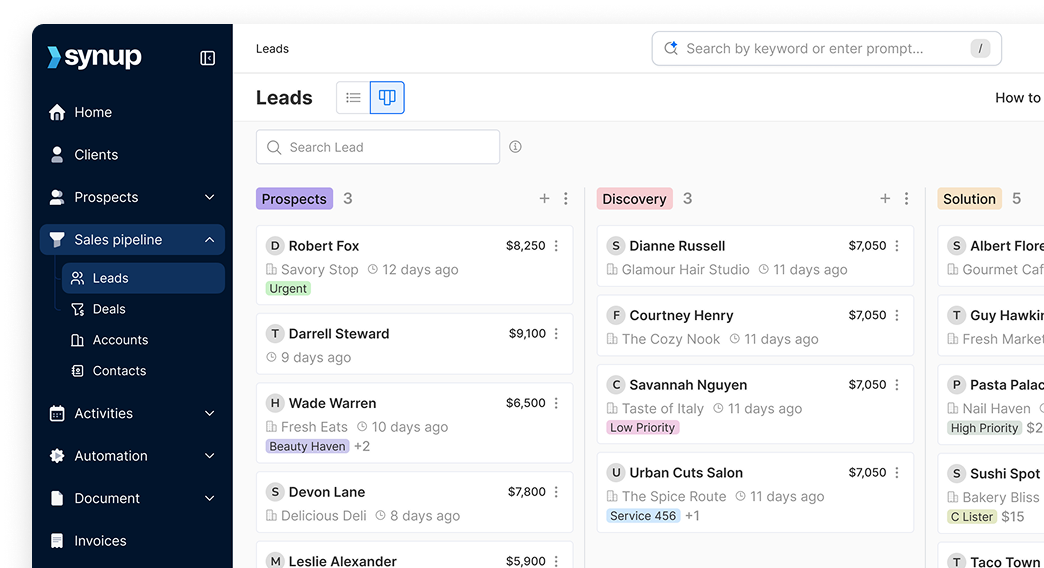Creating share-worthy content for social media in 2025
Tips and general notes about how to be creative and create content for social media that goes viral. This one will actually give you something to think about.
I remember scrolling through Instagram last week and watching this really fun reel. The video starts as a relatable parody of over-protective mothers. “Oof, I should send this to my mom”. Immediate thought. Until halfway through the video I saw a product placement for a cooking-ware. HAH! As a marketer, quite used to looking with apprehension at every piece of advertisement I see online, I was actually not that appalled. And even decided to follow the brand. They were doing some crazy stuff on social.
Guilty as charged, some of my favorite examples of how to create content for social media have come from brands that I started liking solely because they were doing something different. Don’t worry, I won’t mention Duolingo’s Instagram. But did I just?
Content creation on social media is changing for the better.
If you are a brand and still putting out those painful once-a-week holiday posts on your half-dead, opera-to-the-crickets social media channels, this might be the time to pause. There is a way to make better content for social. There is a way to be more creative and, you know, be those fun kinda brands that make people giggle and BATMN (blow air through their nose) out of amusement.
If you want to learn the art of creating share-worthy content on social, consider this article your first step.
For the sake of your convenience and for the sake of I-hate-recipe-pages, this is gonna be one long listicle and some headings to cover relevant notes. Bear with me.
First and most important – You don’t need to be (born) creative
Creativity often gets mystified as this magical trait that some people are just born with. The truth is, creativity is a muscle. You can train it with practice, exposure, and curiosity.
Start small by observing content you enjoy and asking, “Why does this work?” Break down what makes something funny, engaging, or relatable. Then, experiment by remixing those elements into your own content. Remember, even the most creative people started with something basic before they found their groove.
How to be creative in a ‘practical’ way on social media
Creativity isn’t about waiting for inspiration to strike, it’s about structured experimentation. Here are a few practical ways to spark creativity:
- Borrow ideas and formats from other industries or creators. Found a hilarious meme about coffee? Can you adapt it to your industry?
- Creativity thrives within boundaries. Limit yourself to using just one emoji, one trending audio, or one visual format, and see what you come up with.
- Platforms like Pinterest or tools like Milanote help you collect and organize inspiration so you can connect the dots later.
- Commit to creating one piece of content every day, even if it’s terrible. Quantity breeds quality over time.
I’ll also share this little exercise I used to do for an old client while making social media content. Every time I’d run out of ideas, I’d quickly jump back to basics. I’ll create a bucket of loosely related ‘elements’ that I associate with my brand or audience.
In the context of the B2C finance app I worked with, it could include stuff like – salary days, budgeting, saving, broke days, investing, vacation funds, finance gurus, and what not. Essentially you think and think and think about all the things your customers might relate to or engage with on a daily basis.
Next, you start forming ideas around each of these elements. Funny relatable things around budgeting? What do people collectively love or hate about it?
Or sometimes you make a connection between two or more elements — vacation funds + broke days? Your brain might have already started thinking of hilarious instances. Draw in from life. And people.
For example, look at this Instagram post from a travel booking platform – Booking.com

What are some elements that go with Booking.com and are popular with their audience? Travel + Adventure + Boomer Stereotypes. The reel shows how people expect boomers to travel (doing slow/grandpa things) vs how the platform predicts they’d travel (doing adventure sports). Great way to motivate some older millennials and boomers to book a trip ASAP? Also a great way to taunt Gen Z into having more adventures. It farms engagement pretty easily.
This is a good way to fuel up that rumbling engine inside your brain. Use your reason and logic to brew creativity.
Being a social native (or hiring one)
Social media moves fast, and it’s hard to fake fluency if you’re not immersed in the culture. If you’re not a “social native”, someone who intuitively gets the quirks of platforms like TikTok or Instagram, it’s okay.
Surround yourself with people who are. Hire someone who’s passionate about social media and understands its nuances. Better yet, build a team of digital-first thinkers who consume content daily. If hiring isn’t an option, spend time learning by following creators, studying trends, and just participating as a user.
My favorite “hack” around it is creating a separate social media account where I follow all the creators or brands that I love and want to be inspired by. Scroll through it daily on your ride to the office. You’ll see the cogs turning in your brain soon.
Humour is great but it isn’t everything
You don’t have to only do memes, or only do reels, or only do dancing trends to stand out on social. Any content that can offer value to your reader past that 3 second glance they lay on it will work. Depending on what’s useful to your audience, you can also share collaterals or interesting trivia that your audience will be happy to share.
Short, punchy videos, carousel posts with bite-sized tips, or infographics make life easier. These formats work because they’re easy to consume and provide value. Canva does this exceptionally well with design tips, while brands like HubSpot create share-worthy marketing advice in quick-to-read posts or reels.
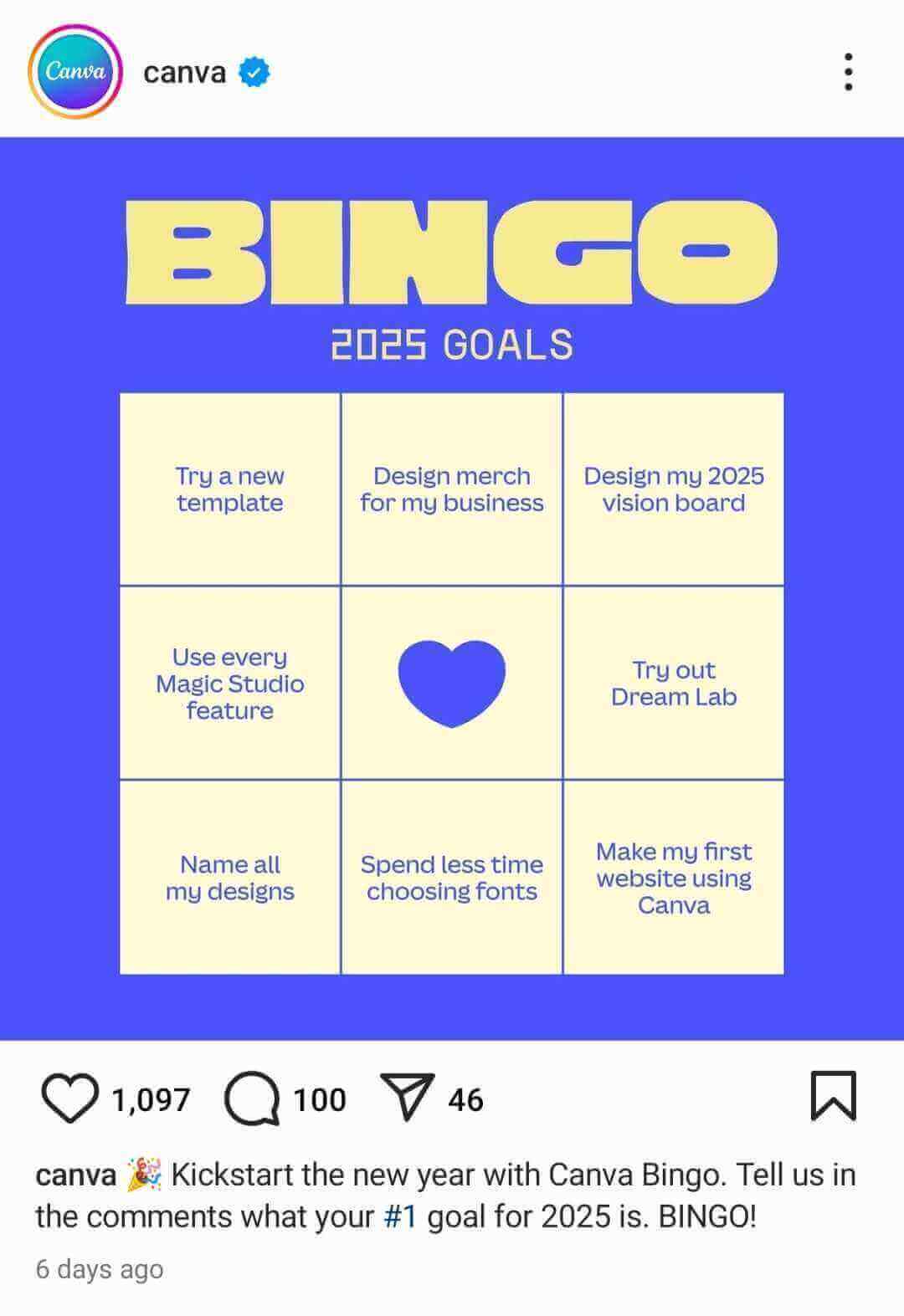
Be prepared to make really bad content
This is gonna happen. Anticipate and actually, look forward to it. Your first few (or hundred) posts might not be great, and that’s okay. Bad content is part of the process. It’s how you learn, improve, and ultimately create something worth sharing.
Some flops will happen in front of your audience. Take it in stride and move on. Look at what didn’t work and ask why. Was it the timing? The tone? The format? Don’t unpack and rot in your social media blunders. Social media’s fast-paced nature means today’s flop is forgotten by tomorrow. Keep creating.
Building your social media calendar
I’m not gonna get super detailed into it, you’ll find plenty of social media calendar templates online. However, I’d suggest starting with a simple 5 to 6 columned Google spreadsheet covering including Platform, Link to content, Caption, Hashtag, Publishing date, and Owner. Don’t overcomplicate it or allow yourself to be distracted by fancy tools.
Consistency is key to making valuable social media content, and a well-organized calendar can help you plan and execute without burning out.
- Set Themes for Days or Weeks: Assign themes like “Meme Monday” or “Behind-the-Scenes Thursday” to keep things fresh and predictable. This is where you refer back to those content buckets I discussed earlier in the article. It will help you save plenty of time and you can plan much of your content well ahead.
- Mix Evergreen with Trend-Driven Content: Have a balance of content that stays relevant over time and posts that jump on current trends.
- Leave Space for Flexibility: Not everything can be planned—reserve room for spontaneous ideas or breaking news.
- Use Tools: Apps like Notion and Trello, or social media scheduling tools like Synup can help you manage your calendar and schedule posts in advance
Here’s a list of some good social media calendar templates I found online👇
Social media calendar by Asana (Free)
Social media calendar by Flevy ($20)
Social media calendar by Tactycs (Free)
Invest in UGC and Community Love
Some of the most shareable content comes from your fans. User-generated content (UGC) not only boosts engagement but also makes your brand more relatable. Brands like Glossier thrive on reposting fan photos, while Starbucks’ holiday cups spark a flurry of UGC every year. Encourage your audience to share their stories with your products and spotlight their contributions.

Another thing you can do is find creators who truly resonate with your brand and give them creative freedom. Chipotle’s TikTok game is strong because they work with creators who love their burritos (and know how to make people laugh).
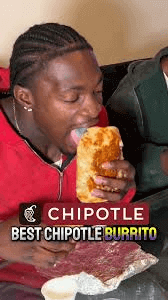

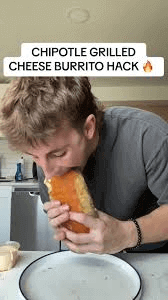
Engage Like a Human, Not a Logo
Social media is social—engage with your audience like you would with a friend. Reply to comments, participate in conversations, and sometimes, just have fun with your followers. Look at how brands like Innocent Drinks use witty replies to engage their fans and keep their voice consistent. Duolingo’s owl literally roasts (and threatens to kidnap) their followers all the time.
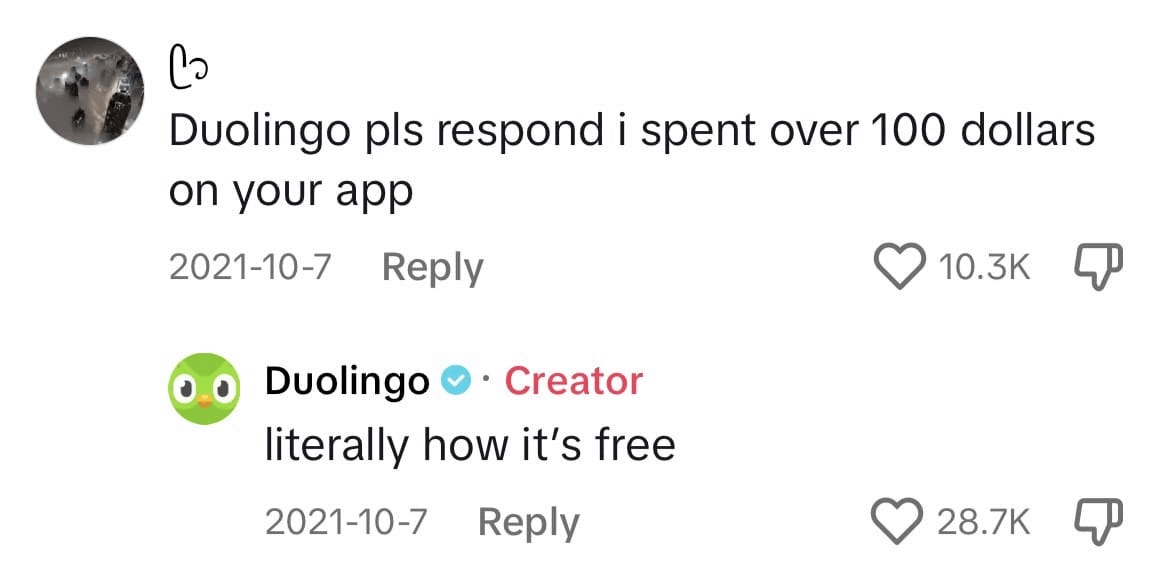
But here’s a bit of advice that you’ll thank me for – don’t be what you are not. Humour and quirkiness works for some brands because that’s just how their brand personality has been set and it shows in all their content and marketing efforts. If that’s not you, don’t force it. You can have your own voice — simply replying to customers, being gracious, being friendly, or whatever it is your brand sounds like.
Fake it till you make it (don’t tell anyone I said that)
If you’re just starting out with social media, it’s gonna test every last morsel of patience you have. Honestly speaking, and not a lot of people are honest about it, you don’t just grow on social by creating share-worthy content. At first, you’ll need to get your own people to share your stuff. Build the initial hype around your brand. Do the hard, gritty, and embarrassing work as you ask colleagues or friends to share your content.
But do it regardless. Social media algorithms are annoying sycophants that sniff out posts that are doing well and then favour them more. It’s a cycle that you have to first set off. If you want to do it on a larger scale, you can work with influencers who can further engage with and share your content.
Make data your strength – don’t cower away from spreadsheets
Data might seem boring or intimidating, but it’s the secret sauce to creating content that resonates. Use data to understand what works, what doesn’t, and why.
- Track Performance Metrics: Platforms like Instagram and TikTok offer built-in analytics. Keep tabs on engagement rates, reach, and saves.
- Test and Iterate: Run A/B tests on captions, formats, or post timings. Even a small tweak can yield big results.
- Leverage Audience Insights: Find out when your audience is online, what topics they engage with, and what type of content gets them talking. There are plenty of tools in the market to do this sort of research. Some I like: SparkToro and BuzzSumo.
- Spreadsheets are your friends here — log your experiments, analyze patterns, and refine your approach based on real numbers.
I’ll leave you with this…
Creating share-worthy content isn’t about going viral every time—it’s about building a consistent presence that resonates with your audience and adds value to their day.
Start small, embrace the learning curve, and don’t shy away from taking risks. Whether it’s a meme that makes someone laugh or a heartfelt story that inspires, your content has the power to connect in meaningful ways.
Also check out: Top 100 social media management tools
FAQs
- How do you create valuable content for social media?
Focus on solving your audience’s problems, sparking emotions, or providing entertainment. Understand their needs, use insights from analytics, and create content that’s educational, relatable, or inspiring.
- What is share-worthy content?
Share-worthy content is content that resonates so strongly with the audience that they feel compelled to share it. It’s usually entertaining, relatable, informative, or emotionally engaging.
- How to create highly shareable content?
Tap into trends, use relatable humor, craft visually appealing designs, and tell stories that evoke emotions. Keep it concise, authentic, and relevant to your audience’s interests.




